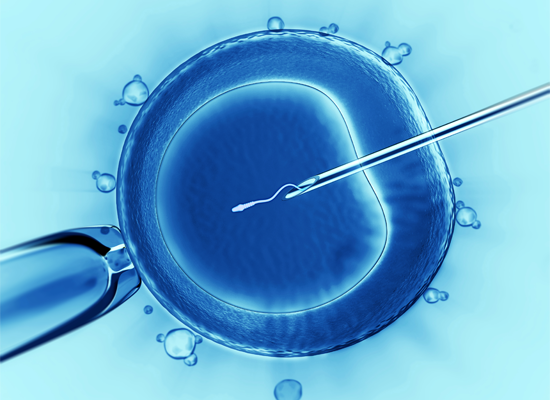ICSI – Intra Cytoplasmic Sperm Injection
Intra Cytoplasmic Sperm Injection (ICSI) is a specialized technique used in assisted reproductive technology (ART) to address male infertility by facilitating fertilization. It is particularly beneficial for couples facing challenges such as low sperm count, poor sperm motility, or abnormal sperm morphology. The ICSI procedure involves the direct injection of a single sperm cell into the cytoplasm of an egg to achieve fertilization.
The process of ICSI begins with the retrieval of eggs from the woman's ovaries through a procedure called transvaginal ultrasound-guided follicle aspiration. The retrieved eggs are then placed in a culture dish, and the surrounding cumulus cells are removed to facilitate better access to the eggs. Meanwhile, sperm samples are collected from the male partner through ejaculation or surgical extraction.
Next, a highly skilled embryologist selects a single, healthy-looking sperm cell using a specialized microscope and micromanipulation tools. The selected sperm cell is immobilized and then injected directly into the center (cytoplasm) of the egg using a fine glass needle. This precise injection ensures that fertilization occurs, bypassing any barriers that may hinder natural sperm-egg interaction.
After the sperm injection, the fertilized eggs (now embryos) are cultured in a laboratory incubator under controlled conditions to allow for further development. Embryo development is monitored carefully over the following days to assess their quality and progression. The healthiest embryos are selected for transfer into the woman's uterus for implantation.
ICSI has revolutionized the treatment of male infertility and has significantly improved the success rates of assisted reproduction techniques. It offers hope to couples who may have previously struggled to conceive due to male factor infertility, providing them with a viable pathway to parenthood. Despite its effectiveness, ICSI is not without risks, and careful consideration and counseling are essential to ensure couples understand the procedure and its potential outcomes.



.png)
